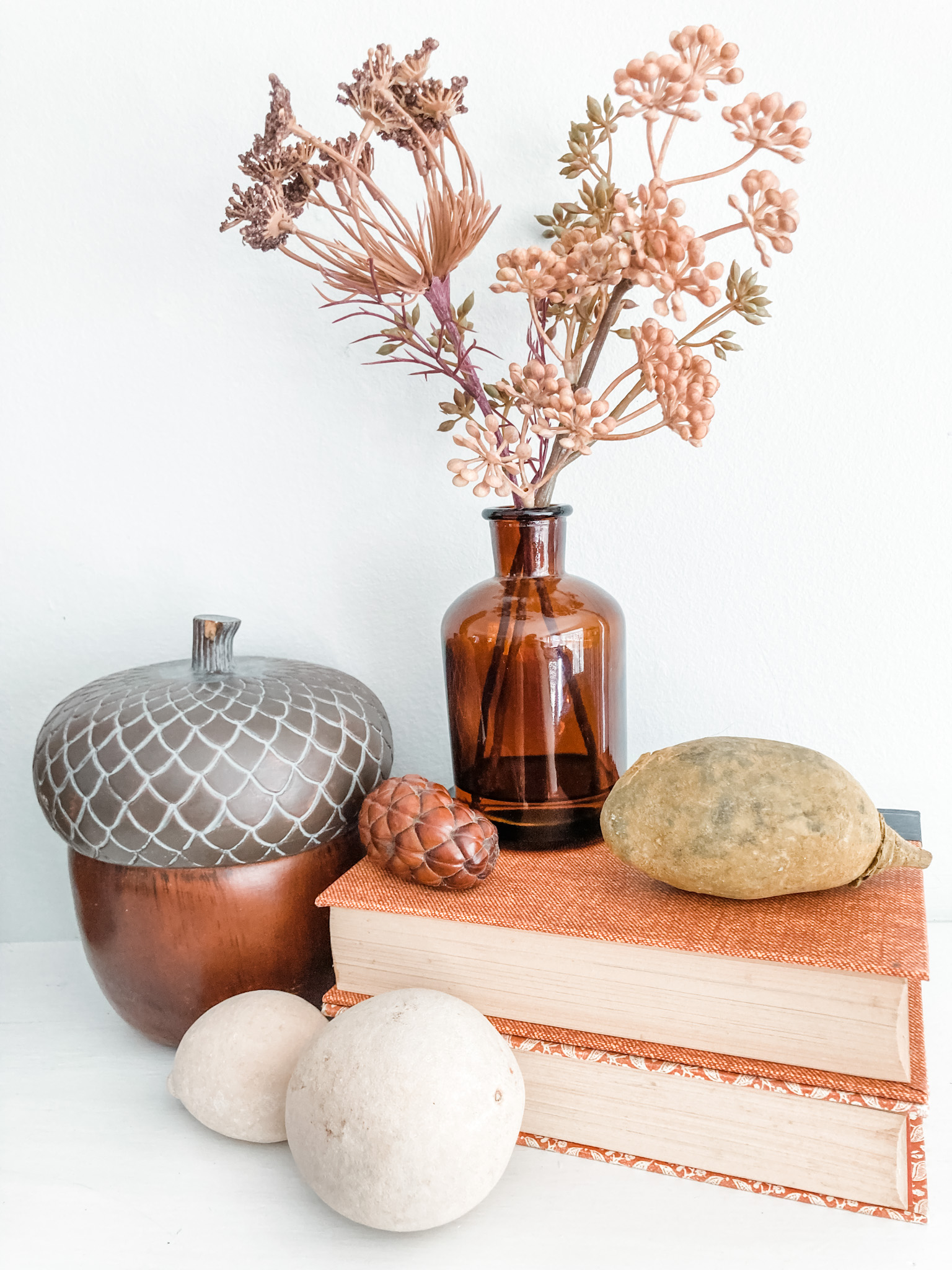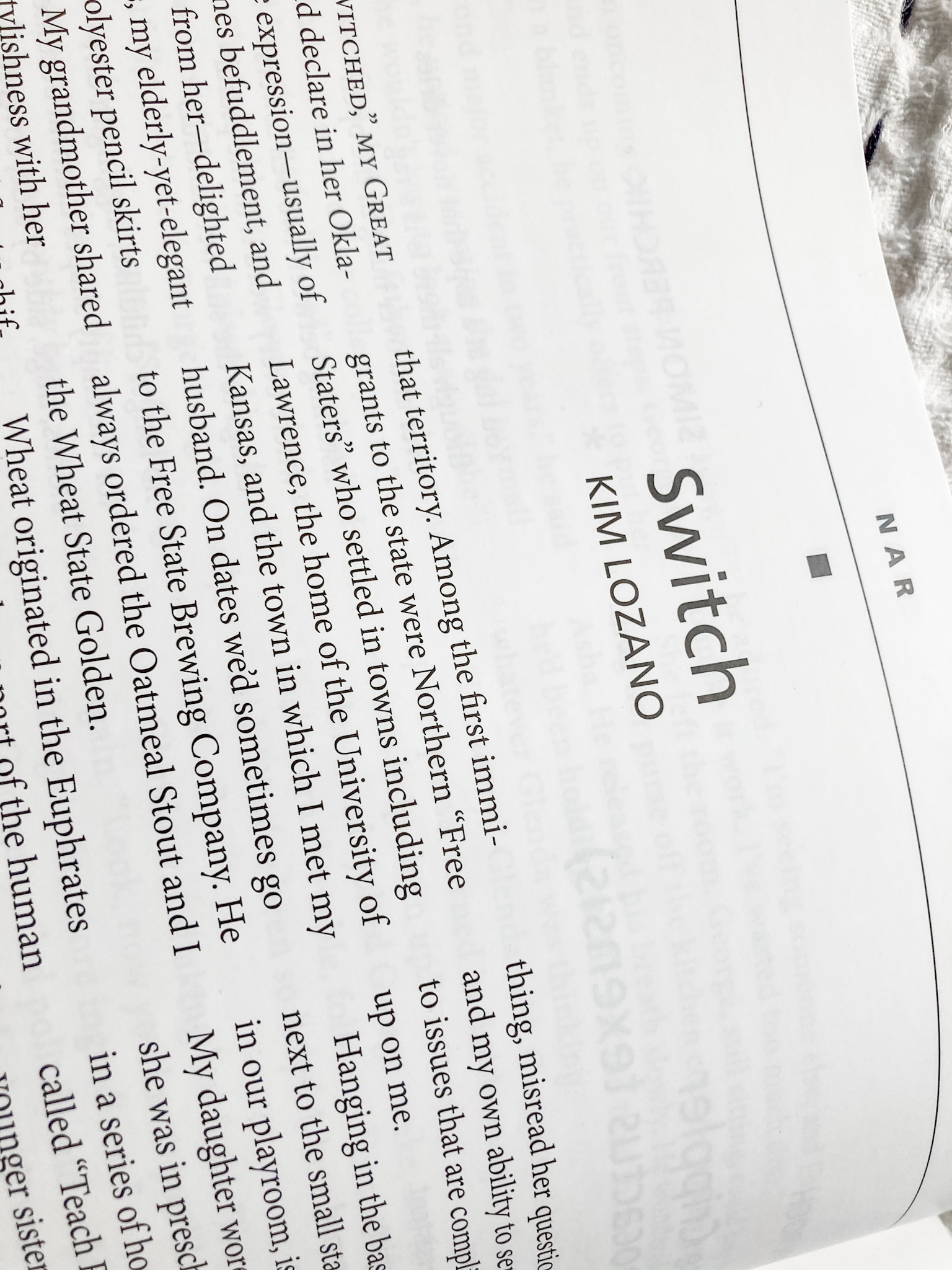In Praise of the Unexpected Detail
I’d been thinking about writing an article on the power of using an unexpected detail in a scene, and then the interior design folks on the internet made me aware of the “unexpected red theory”—just the catalyst I needed. The gist of the theory is that adding a bit of red to a room, where it might not be anticipated, will make the room seem pulled together. Just like when red lipstick is applied to a face and red shoes complete an outfit, so a bit of red in a room elevates the space.
It makes sense. But what makes the theory interesting is that you put this bit of red in a room where it’s not necessarily part of the overall color palette. Where its presence isn’t bargained for, but where it delights nonetheless. Which brings me back to writing. I’ve written about using creative word choices to surprise your reader, and now I want to talk about surprising your reader using creative description via the unexpected detail.

Let’s start by taking a look at this sentence from “Sundays in Summer”, by Joyce Carol Oates—
“The snapshot shows your father with the larger of his harmonicas gripped in his teeth but you don’t remember that.”
So many stories, so many photographs, and so often exhibiting a mother’s neat updo, a brother’s freckled face, smiles and frowns. Enh. Our usual thinking is going to give us usual descriptions. What we need, and what we get here from Oates, is permission to shove a harmonica in someone’s mouth.
Here’s another. In the very short story “Dog Life”, Mark Strand describes a couple lying in bed—
“…Glover turned on his side to look at his wife. Her golden hair surrounded her face, making it seem smaller.”
How easily it would have been to omit that “making it seem smaller”, but oh how much it adds to the description. This is a good reminder for those of you writing poetry and flash-length pieces—your details and descriptions really need to earn their place in the word count. In a recent tweet, the editors of the literary magazine Orion’s Belt put it like this—
“In flash fiction especially, you’re crushed for time, so include only unexpected details. We don’t need to hear that snow is white or grass is green. Spend time highlighting strange glances or stray breezes–something unexpected that makes a scene really come together.”
An unexpected detail may have symbolic meaning, it may advance the plot, or it may be completely superfluous. In fact, some of the best kinds of details are incidental and could be cut and the storyline wouldn’t suffer. But the reading experience would.
Here’s one more description I love, from “Counting” by Jayne Anne Phillips—
“The kitchen steamed. She kept its wet heat in her clothes. Finally rain. The cooling food. Slick black fire escapes and the soft edges of buildings.”
Have you ever thought of the edges of buildings as soft? Me neither. But of course they can be blurred and soft in the rain. A small unexpected detail like this is something we can come up with if we imagine our scene deeply.
You’ve got options and flexibility when you put to use an unexpected detail. You could choose to describe something that enhances or enforces the tone you’re setting in the scene. You could suggest other events that are happening outside the present scene. You could foreground a character who’s mostly in the background. And you could simply add a bit of enjoyable digression.
An unexpected detail works in a comedic story and in horror. It can serve as the pair of small red earrings you pair with the neutral outfit or an overstuffed red chair you add to the teal and gold bedroom. The important thing is that your detail isn’t go-to or usual, but unexpected.






